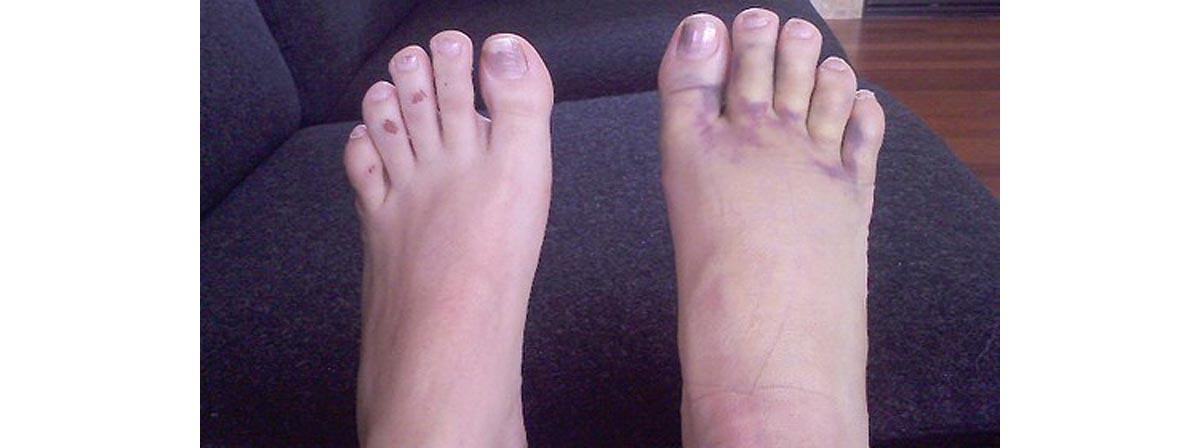Table of Contents
Jacques Lisfranc
The bone and ligament located deep inside the middle of the foot is known as the Lisfranc — which you know, but you may also wonder where it got its name. This area is named after Jacques Lisfranc, a former field surgeon who served in the army led by Napoleon. In his medical records, Jacques Lisfranc described an amputation that he performed on a soldier who had fallen off of his horse during battle. The soldier’s foot was stuck in the stirrup, and it did not come dislodged when he fell, resulting in the need for an amputation.

Lisfranc Injury Types
The two most common types of injuries that lead to a Lisfranc fracture are indirect injury and direct trauma. An indirect injury occurs as a result of the transfer of force from another area to the stationary foot, such as in the case of the soldier who fell off his horse. This can occur from a simple act such as twisting the ankle or foot, losing balance or falling and landing the wrong way on the foot. An indirect injury can affect both the Lisfranc bones and ligaments. A direct trauma injury occurs when the foot is hit by an outisde force. When this happens, a fracture of the Lisfranc bone can occur.
Symptoms of a Lisfranc Injury
Depending on the cause of the injury and it’s severity, symptoms can vary greatly. In some instances, the only indication that a Lisfranc injury has occurred is the presence of redness and inflammation in the middle foot area. Many times the top middle area of the foot will be painful and swollen. Sometimes bruising can occur in the middle foot area, on both the bottom and top of the mid-foot. Bruising on the top of the foot may or may not occur, and if it does occur, it may or may not be indicative of a Lisfranc injury. When the injury results in bruising on the bottom of the foot, it is much more indicative of a Lisfranc injury. Another indication of a possible Lisfranc injury is pain in the foot following an injury that intensifies upon walking or standing still. In some cases, the foot may be so painful that walking requires the use of crutches to alleviate pain.
Diagnosis
Because of the nature of the injury, it is often very difficult to diagnose, and misdiagnosis is common. The injury is often diagnosed only after prior diagnosis and treatment show no improvement in the condition. When standard foot sprain treatments such as resting, elevating the foot and applying ice packs do not offer relief, a visit to an orthopedic surgeon may be in order. When speaking with the surgeon, you will be asked to describe the injury that occurred, as well as the symptoms you are experiencing. A thorough examination of your foot and ankle will be performed. Some of the tests may cause additional pain during the testing, however, they will not cause a worsening of the actual injury.
Treatment
There are a variety of treatment options for Lisfrance injuries, depending on the severity. Lisfranc injuries of the muscles or tendons are often treated with rest, supportive equipment, physical therapy and other homecare measures. For a Lisfranc fracture, one or more surgical procedures are often necessary followed by complete and total resting of the foot.
- Photo courtesy of Julie F by Flickr : www.flickr.com/photos/fisticuffs/772313717/
- Photo courtesy of Julie F by Flickr : www.flickr.com/photos/fisticuffs/899900379/

